So you need to fill a new garden bed with soil?
Use my soil calculator to determine the amount of soil required for a rectangular, round, or triangular bed. It also works with other types of materials, such as sand, compost, and mulch. Each calculator will give you the amount in yards and cubic feet, as well as the number of bags if you’re buying bagged soil or bagged compost.
Rectangular bed
Round bed
Triangular bed
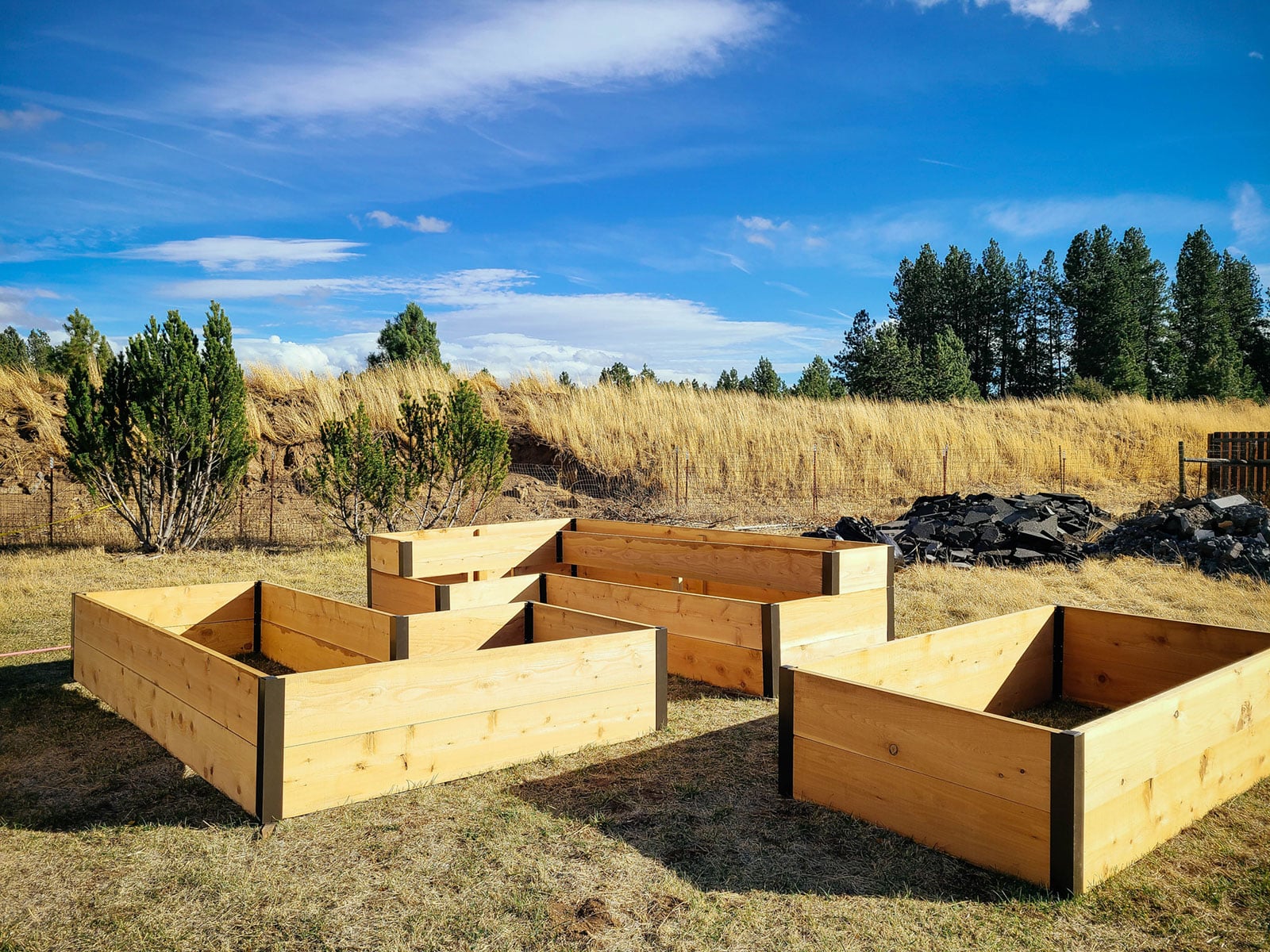
How to calculate soil volume
You’ll need three measurements from your raised bed: the length and width of the area you want to fill (in feet) and the depth (in inches). Since soil settles over time, I recommend adding an inch or two to the depth.
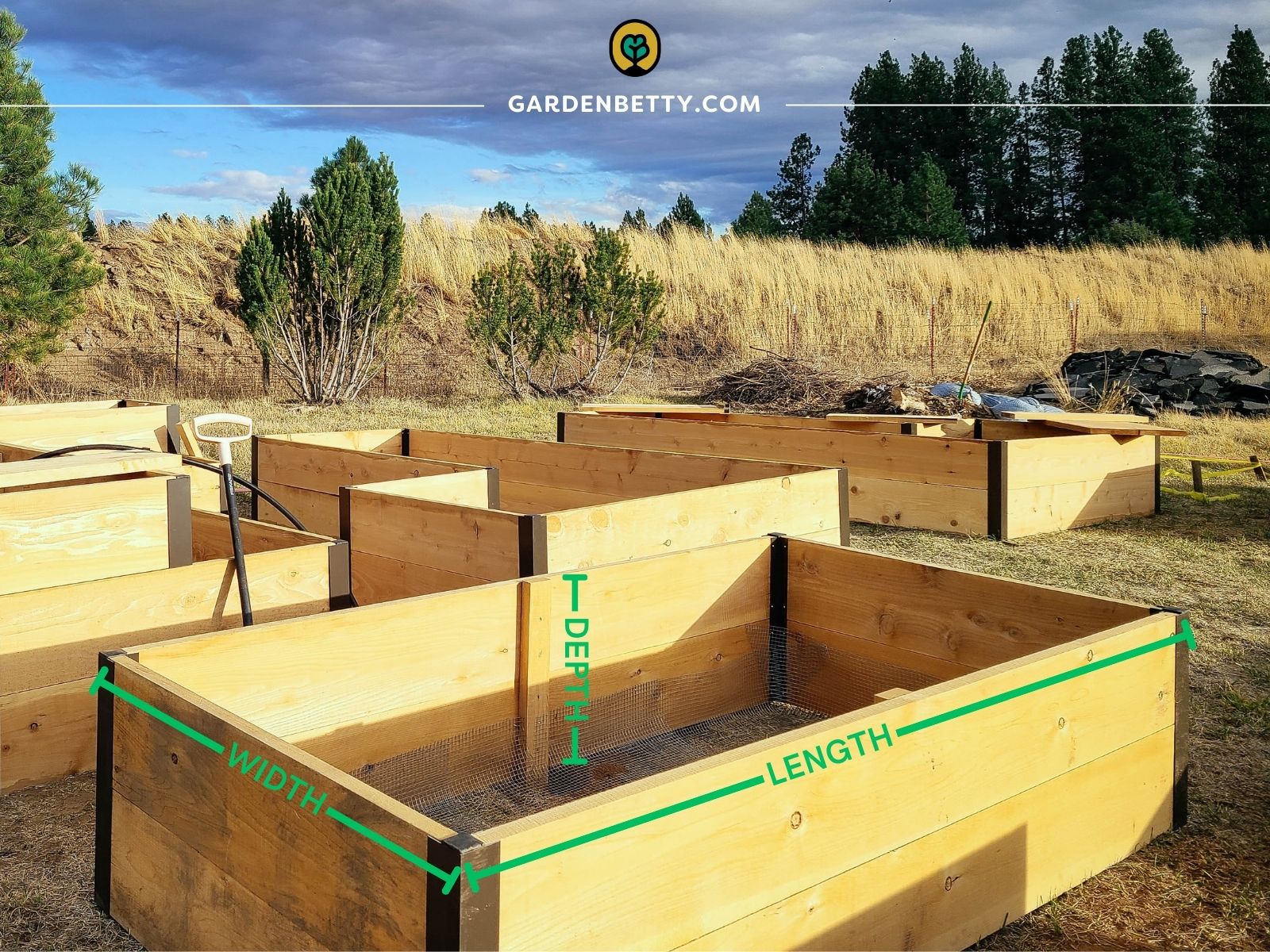
If you want to fill a round bed, you’ll need to know the depth (in inches) and the radius (in feet). If you want to fill a triangular bed, you’ll need measurements for the depth (in inches), the base (in feet), and the perpendicular height (in feet).
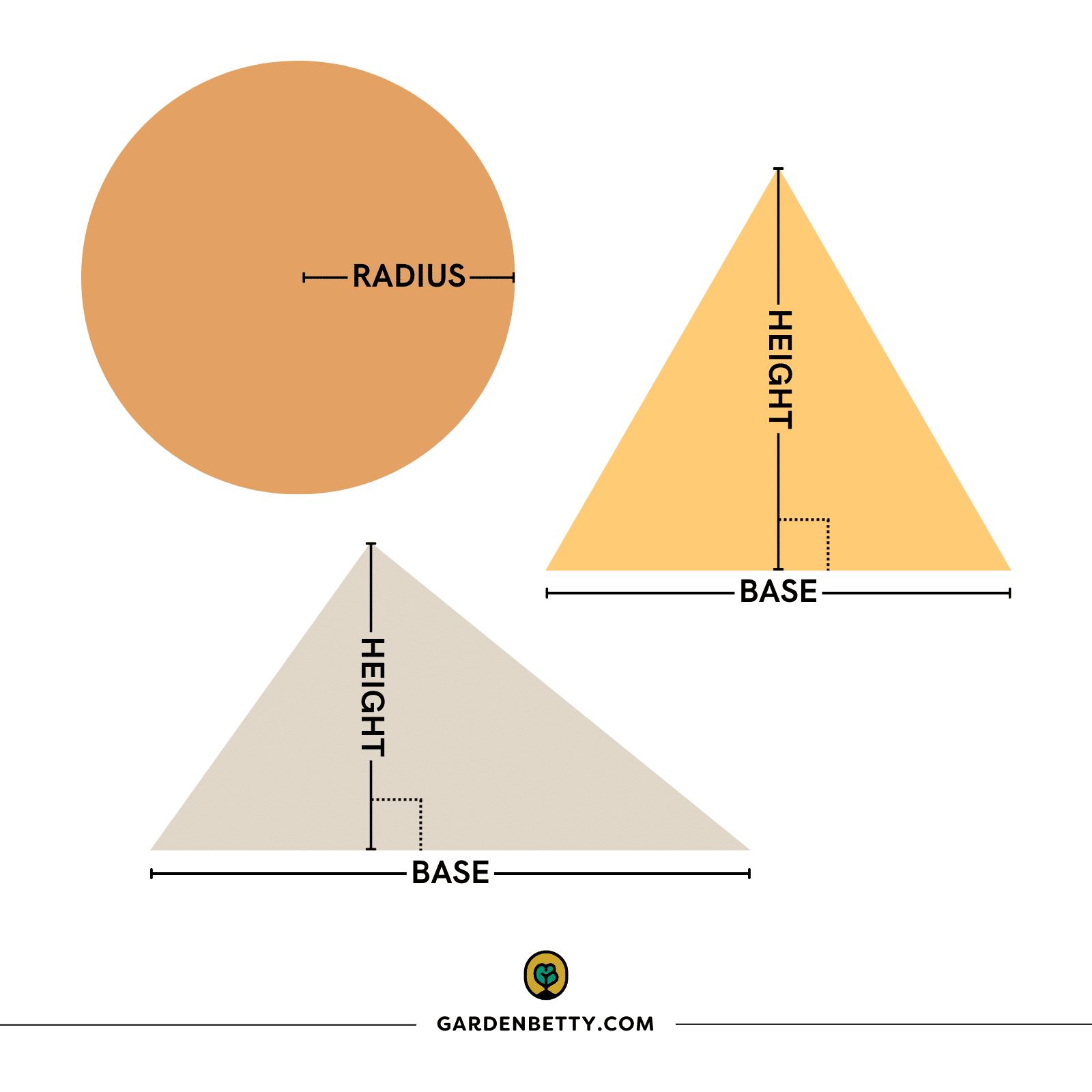
Enter these values in the fields above, and the calculators will automatically compute how much soil you have to buy.
What if you want to mix soil types?
If you read my guide on creating the ideal soil blend for raised beds, you’re probably looking to buy two or three different ingredients to mix together (for example, topsoil + compost, or topsoil + compost + coarse sand).
Simply calculate the total volume of material needed to fill your bed, then split the amount by percentages.
Example: Say the calculator indicates that you need a total of 5 yards of material. If you want 60 percent topsoil and 40 percent compost, you would then need to buy 3 yards of topsoil (0.60 x 5) and 2 yards of compost (0.40 x 5).
What is a “yard”?
In gardening and landscaping terms, a “yard” of material refers to a cubic yard. It’s how soil is measured in bulk and it’s a standardized way to buy soil from a landscaping company, whether you load it yourself into a truck or have it delivered by the dump load.
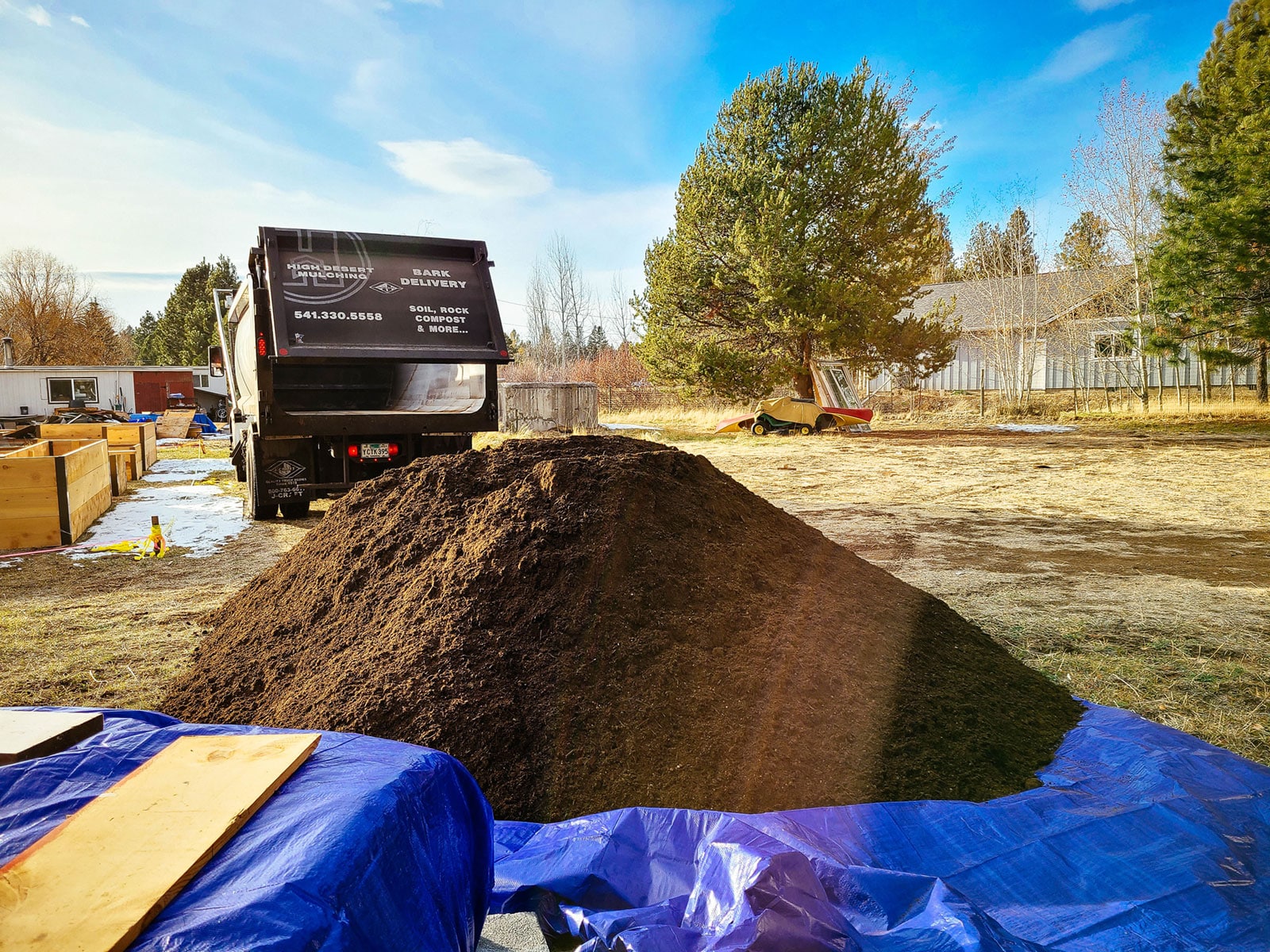
To put it visually, a cubic yard is the amount of material that would fit inside a cube measuring 3 feet on each side (length x width x height).
Soil sold in bags, however, are measured in cubic feet, usually in quantities of 1 cubic foot, 1.5 cubic feet, 2 cubic feet, and 3 cubic feet. It takes 27 small bags (1 cubic foot) to equal a yard of soil.
To fill a large and completely empty raised bed, it’s often more economical to purchase materials by the yard, as bags can add up quickly.
How to measure multiple garden beds
You have two ways to go about it:
- Assuming your beds are all the same size, measure one bed and calculate the soil needed for it. Then, multiply the soil quantity by the number of beds you have.
- If your beds are all the same size, measure the length and depth for one bed and enter those values in the calculator. Then, measure the width of one bed and multiply by the number of beds you have. Enter this value for the width. The calculator will give you the total amount of soil needed for all the beds.
Example: Let’s say you have 4 beds that are each 8 feet long and 4 feet wide, and you want to fill them to a depth of 12 inches. Enter the length as 8, the depth as 12, and the width as 16 (determined by multiplying 4 feet by 4 beds).
How to measure irregular areas
If your garden bed is irregularly shaped due to curves, imagine a rectangular shape (or two) overlaid on the area so that the size of the rectangle is about the same size as the bed. Measure the imaginary rectangle(s) and use those values to calculate an approximate quantity of soil.
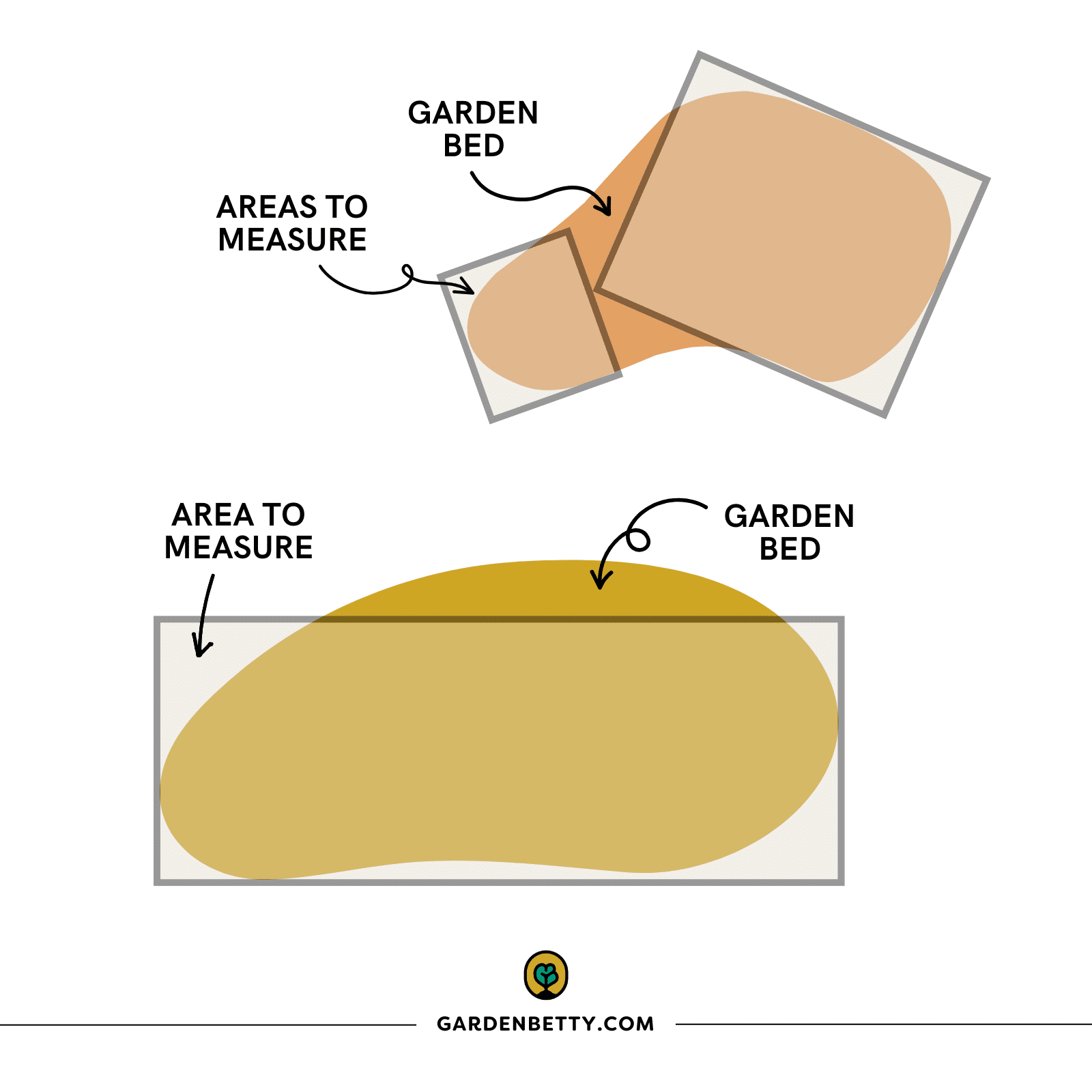
If your bed has straight sides but consists of different sized rectangles (like an L-shaped bed), measure each rectangle separately to get the amount of soil needed for each area, then add them together to get the total amount of soil.
Example: For the L-shaped bed shown below, measure the length x width x depth of Area 1 and use the calculator to get the amount of soil needed. Measure Area 2 the same way, then add both amounts to get the total soil quantity.
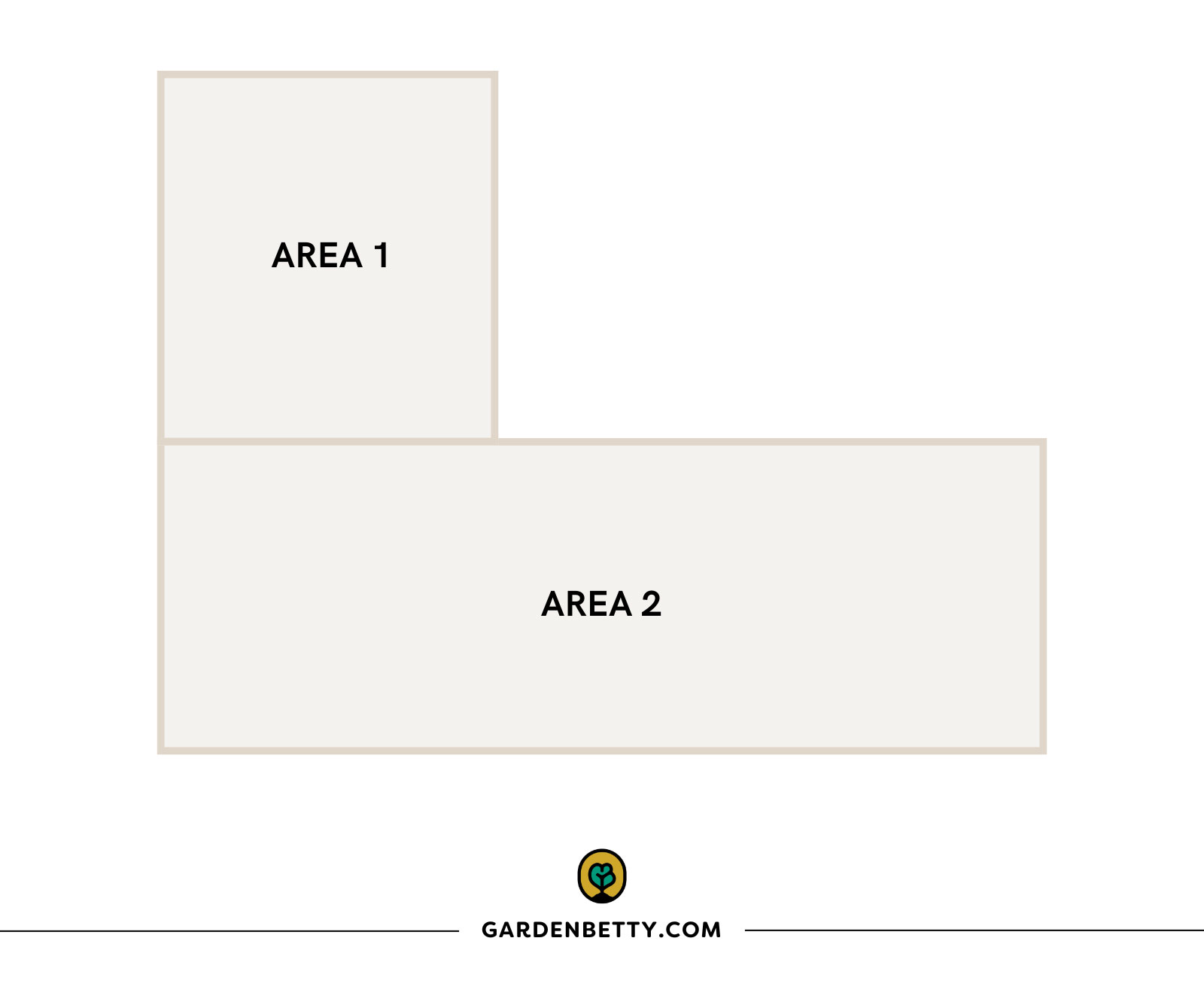


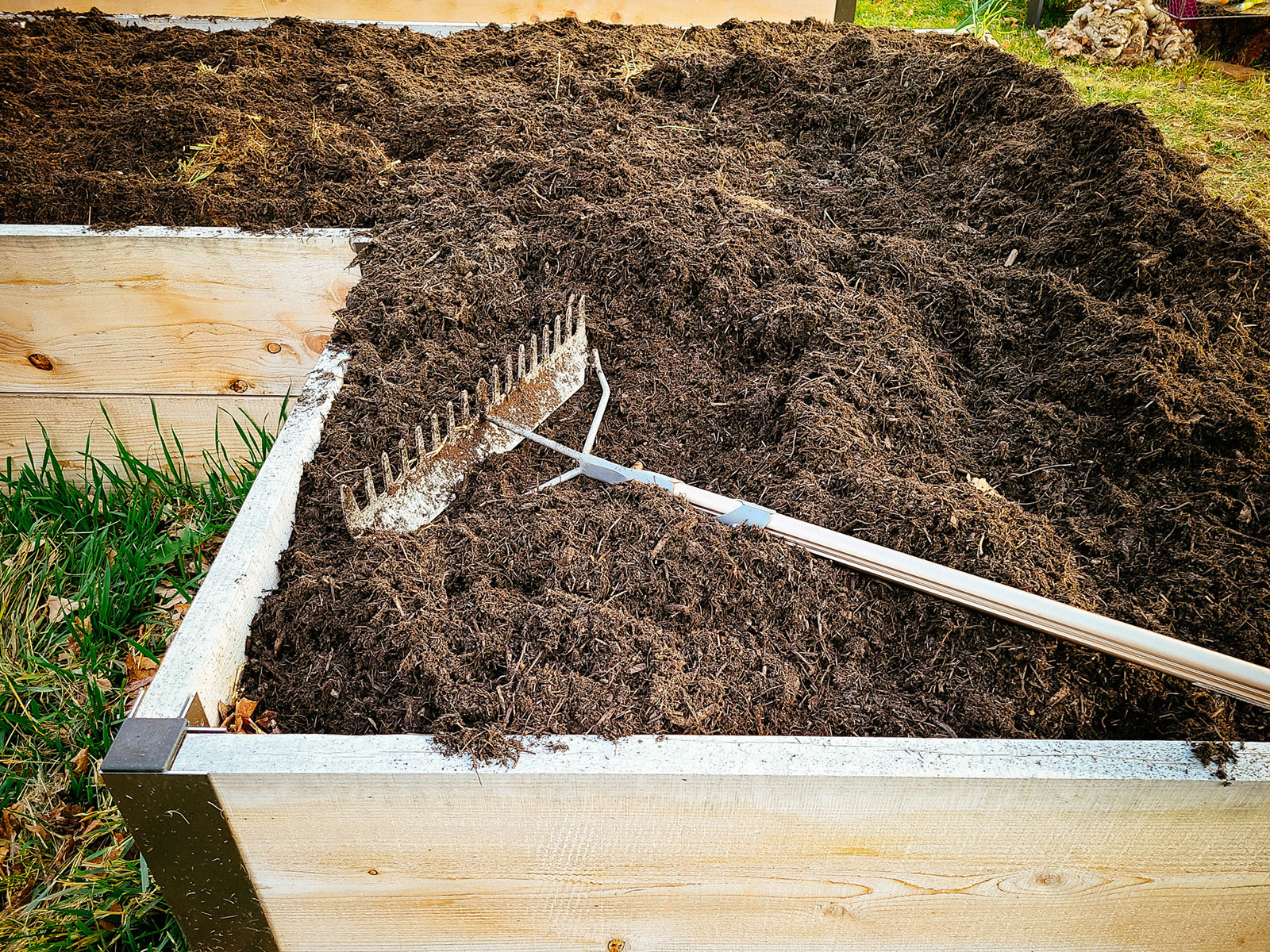
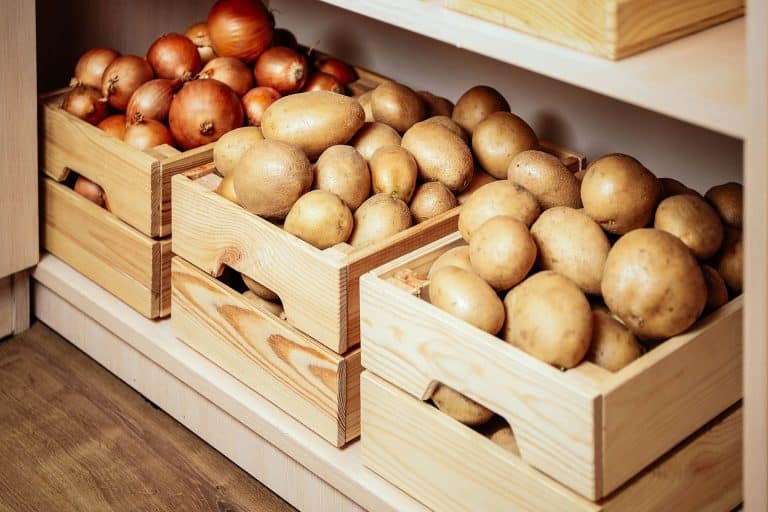
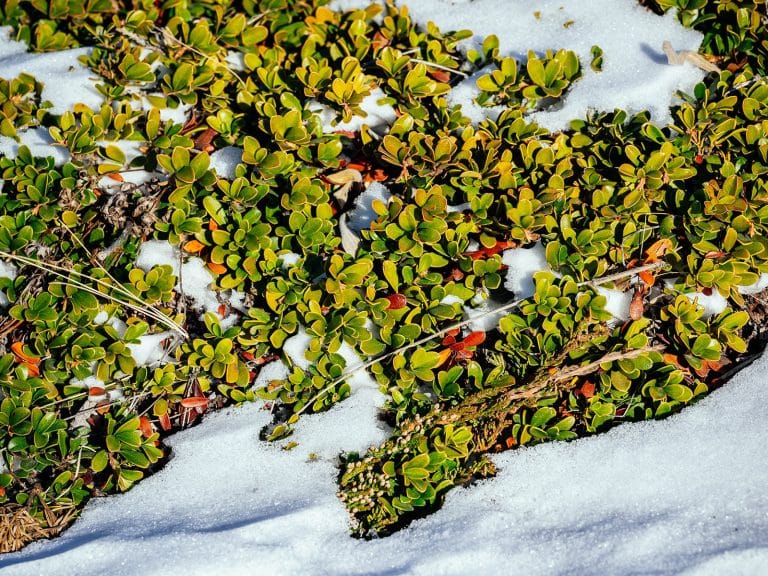
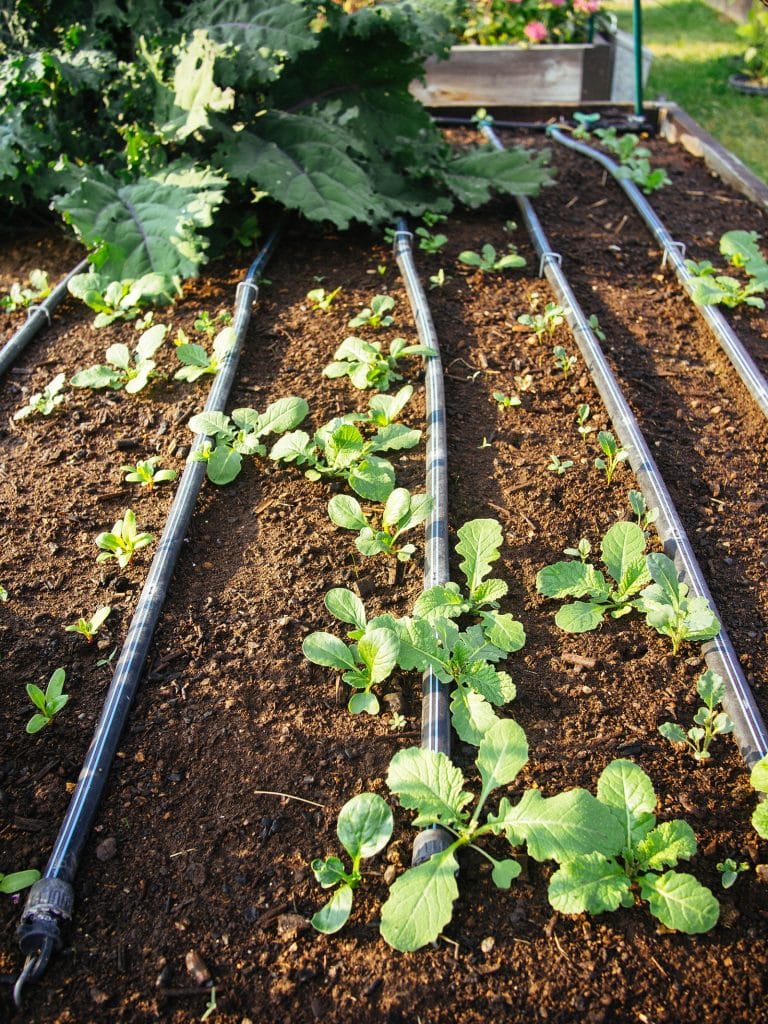
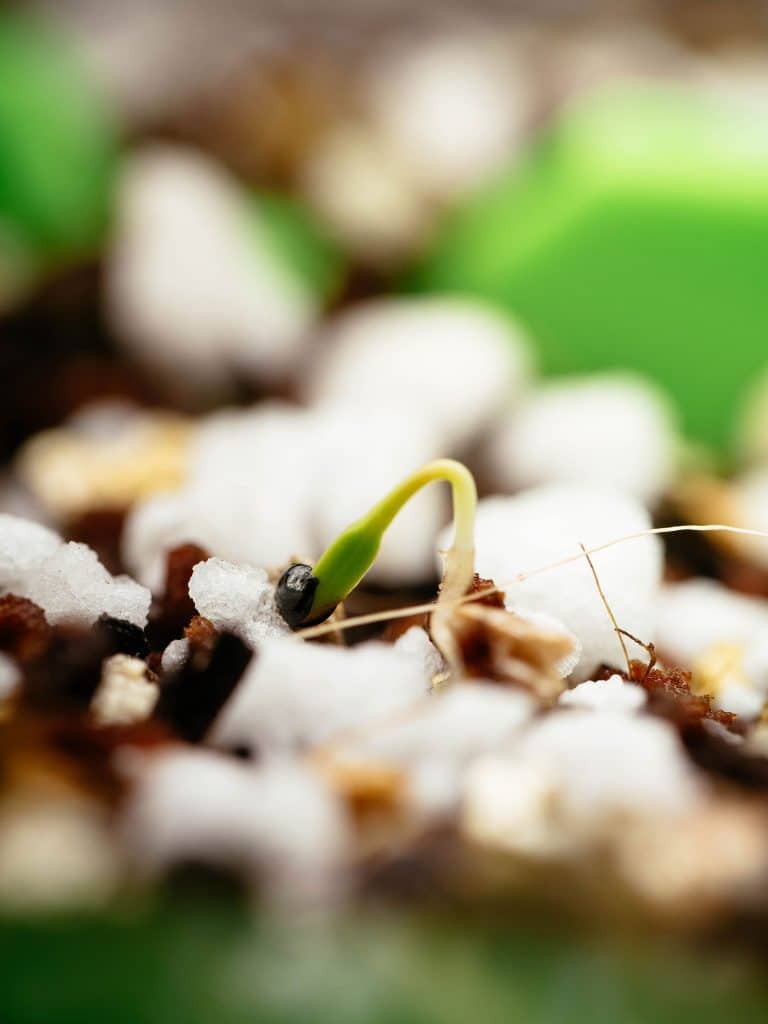
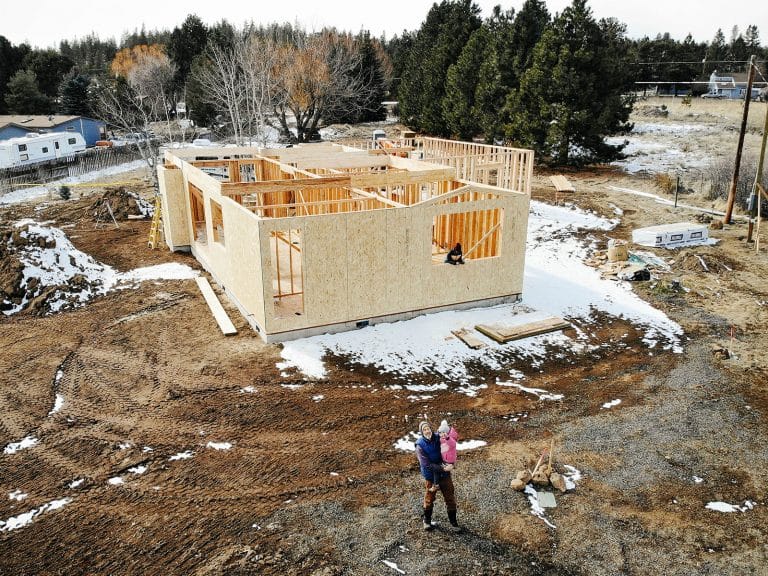
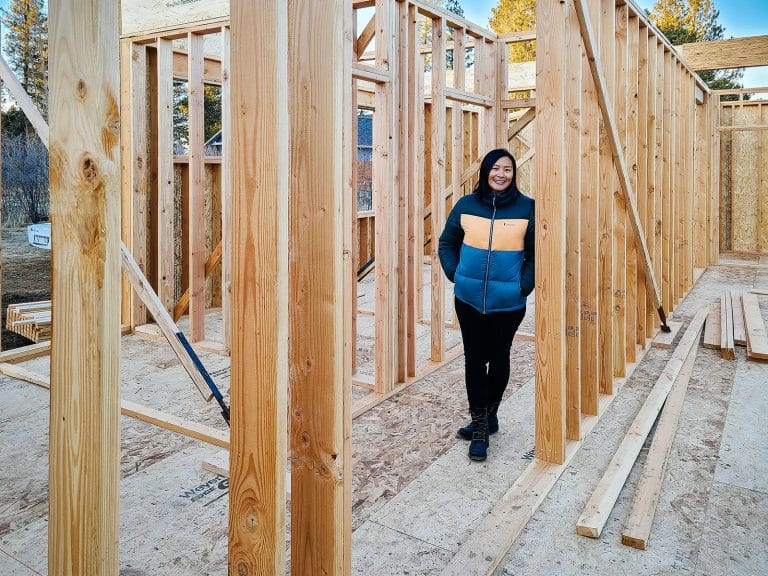
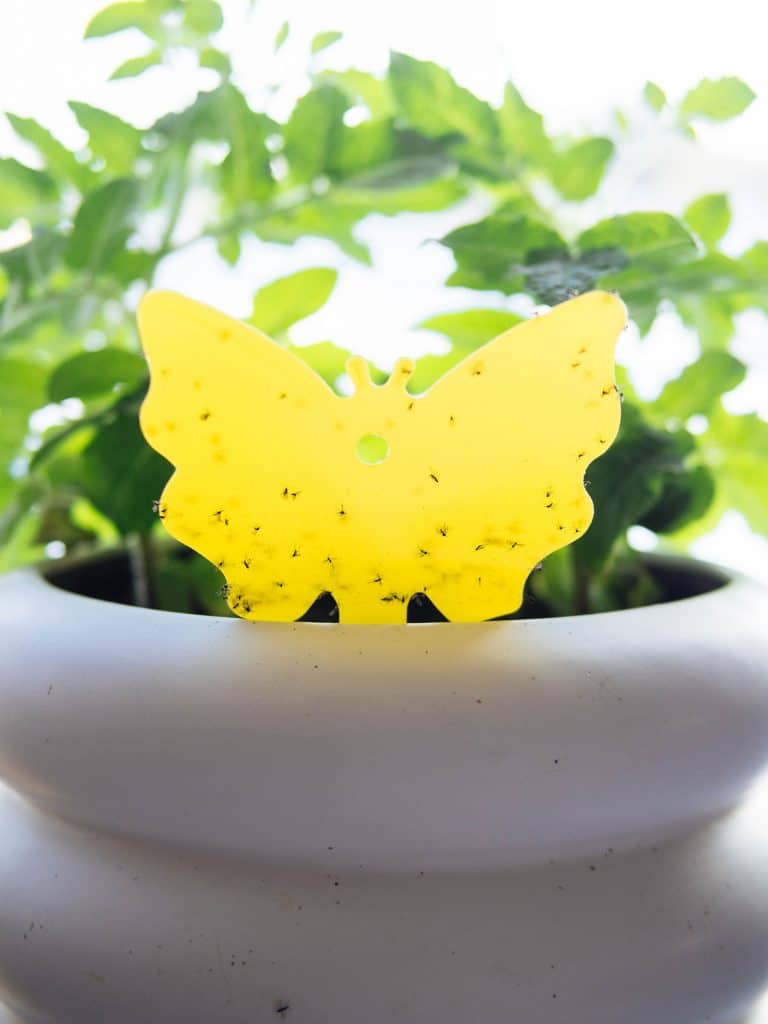
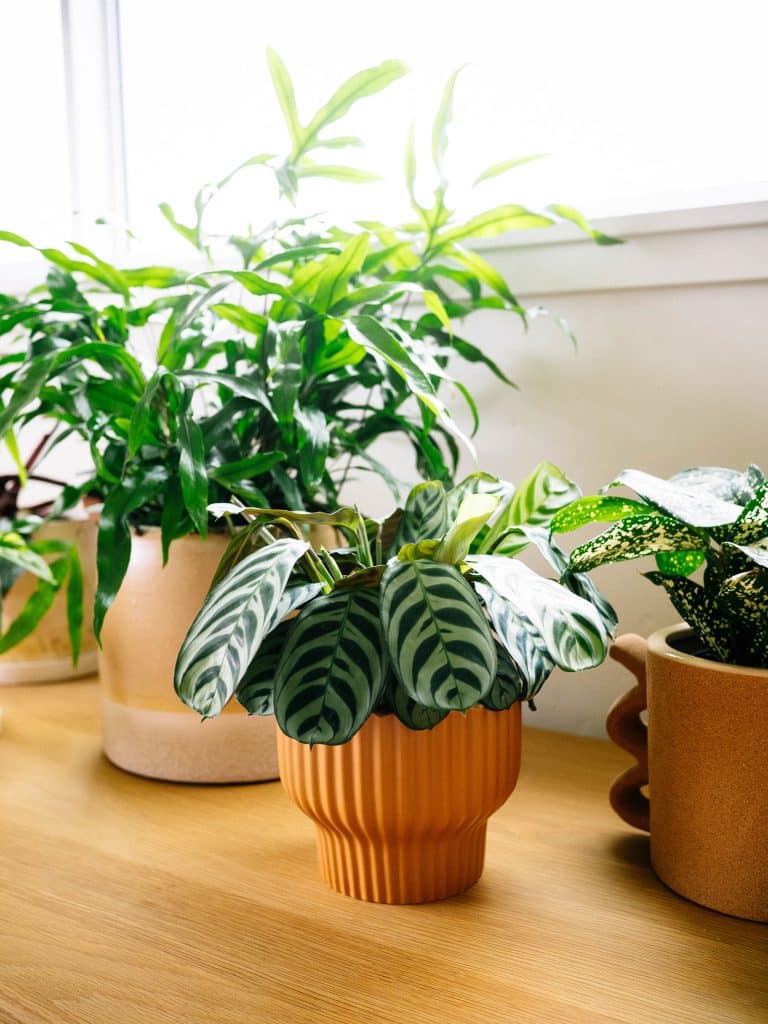
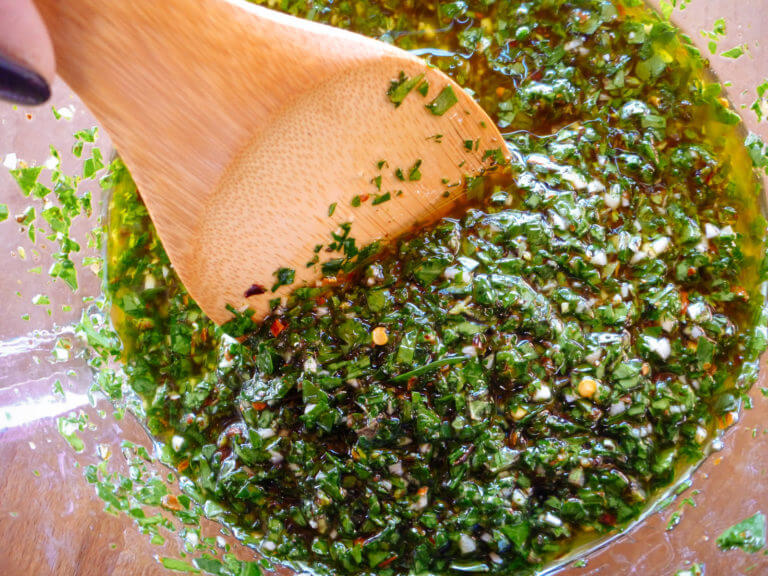
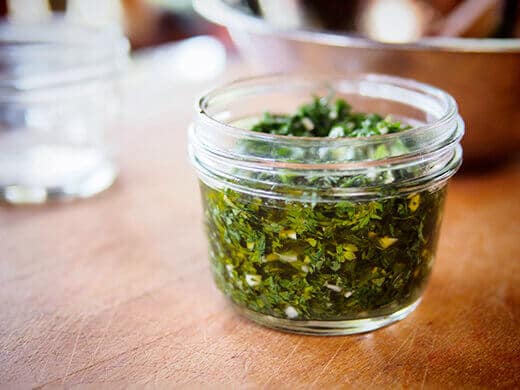
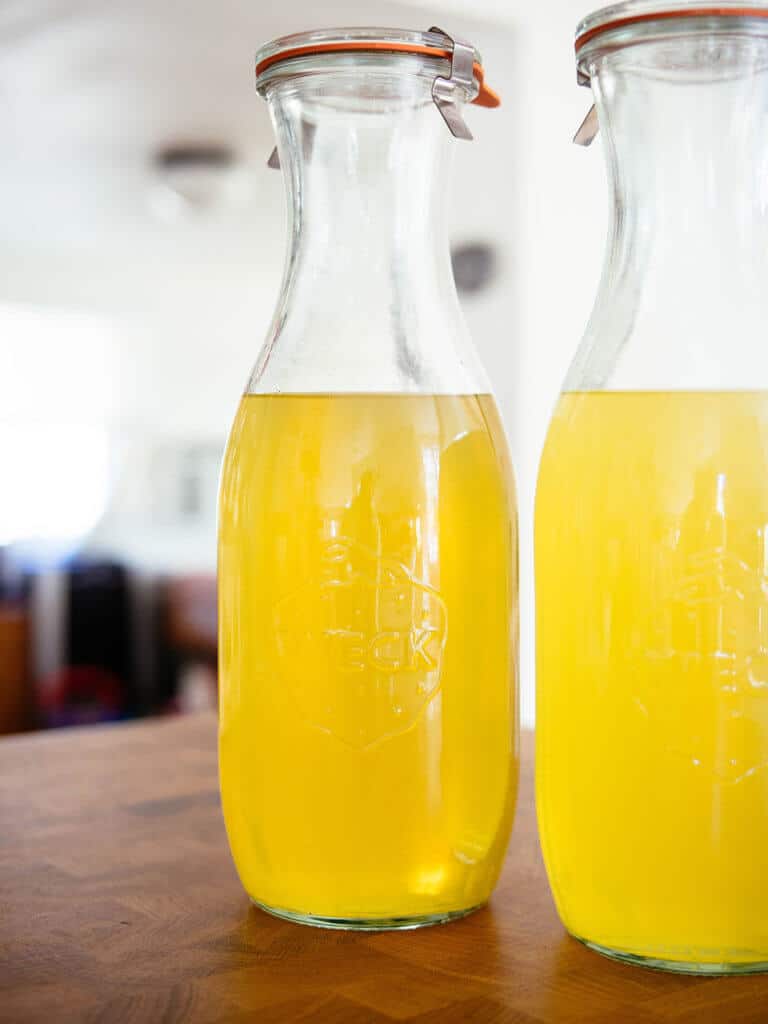
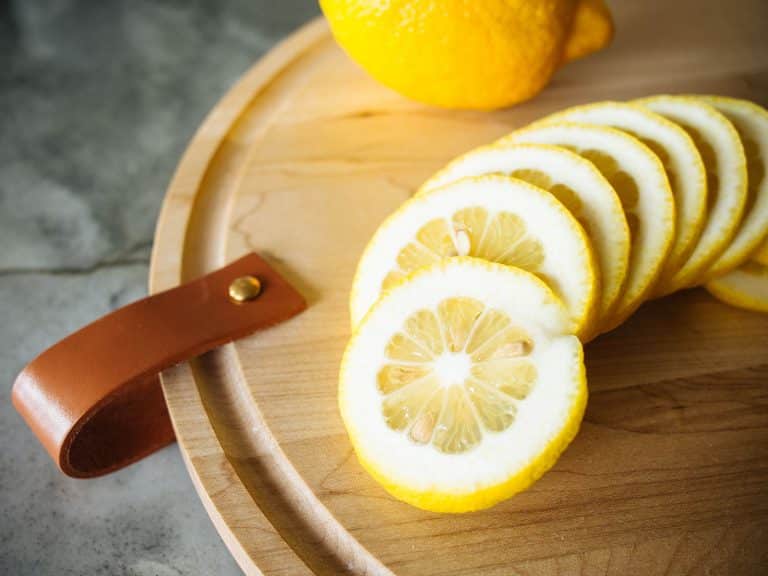

I have a 16x 8 raised bed with rows 12” apart, I’m planting tomatoes in even # rows (24”) and planting tomatoes every 18”. Next year can I plant tomatoes in the odd rows rather than rotating crops? So the tomatoes will be in different rows. Is that enough of a difference if I grow beans or peas every others years??
Ps… love your work.
Buddhahead Steve ( seattle )
Ps… growing Momotaro, Cherokee Purple, Brandywine, Kumato (seeds gleaned from store bought) and Midnight Roma’s which were developed at OSU.
They might be far enough apart, it’s always worth trying to see how they do!
This is great timing! We finally have a nice day today and are going to get a load of topsoil/compost mix. Thank you!